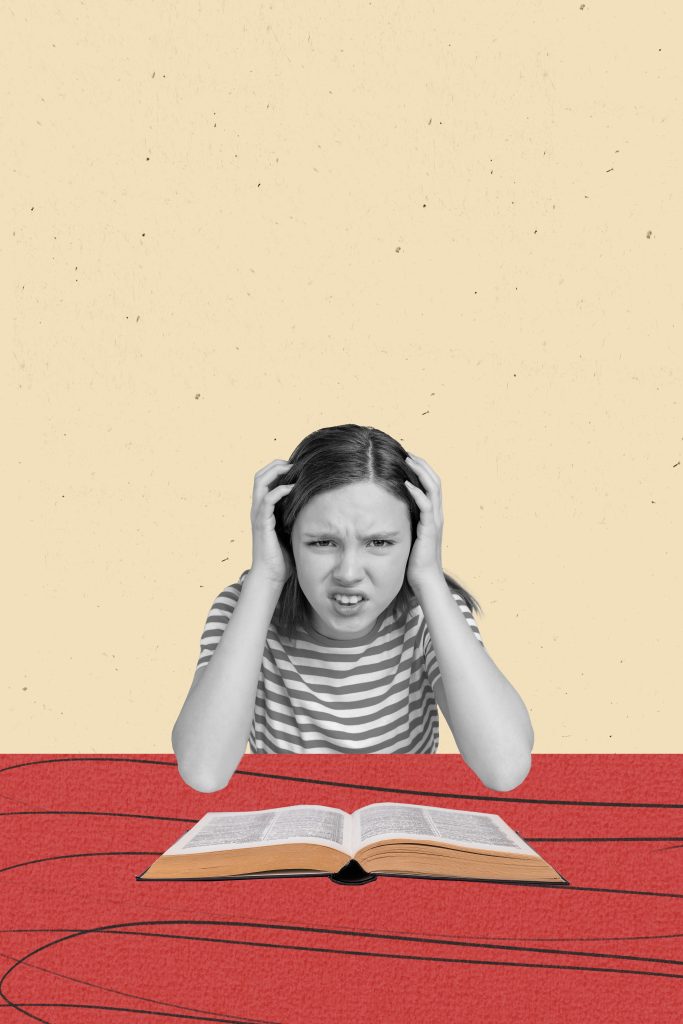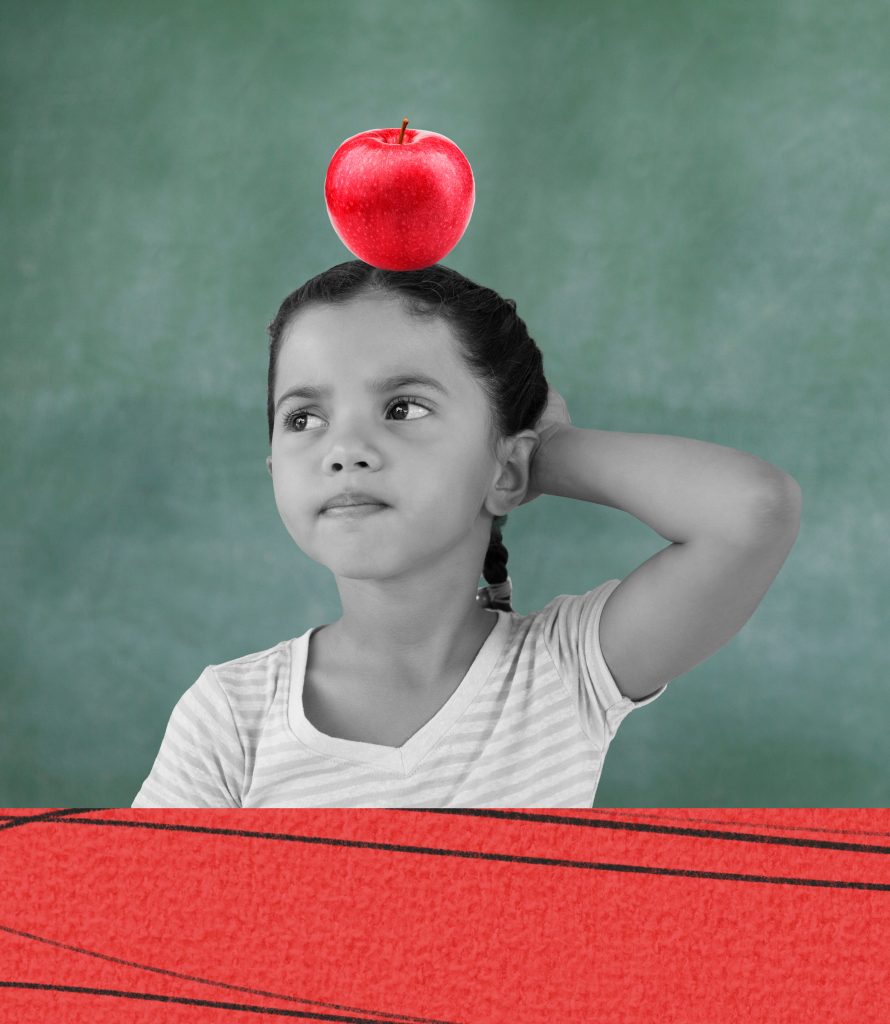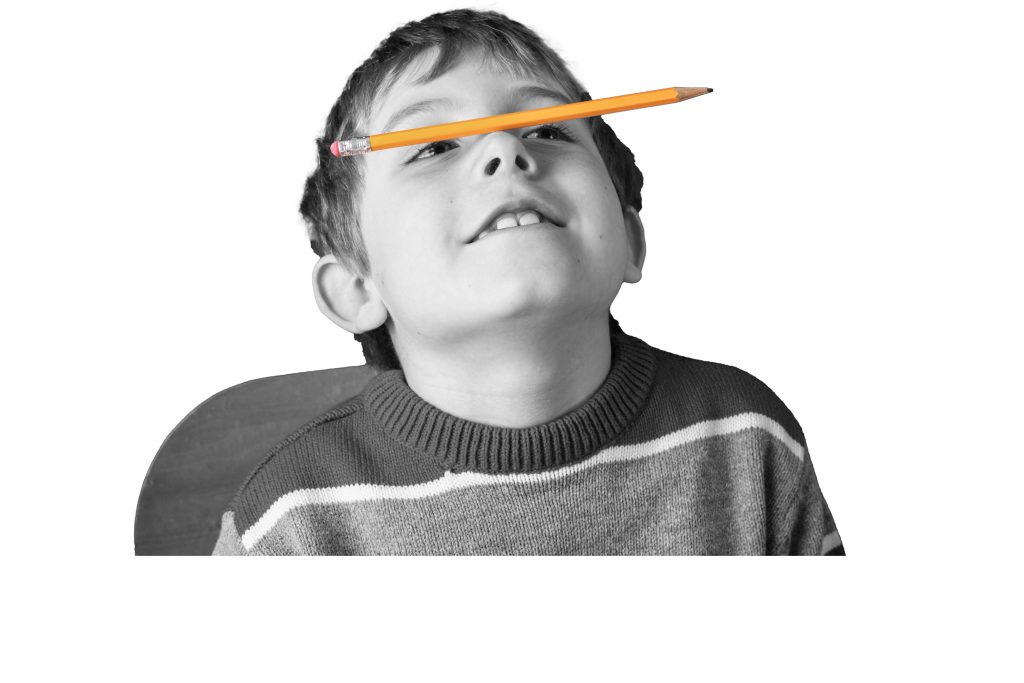 By Kimberly Blaker
By Kimberly Blaker
Approximately 10% of American school-age children suffer from a learning disability (LD) and/or attention deficit hyperactivity disorder (ADHD), according to a report by the Centers for Disease Control. About 4% of children have both. But for many kids, these disorders go undetected despite their ongoing struggles with schoolwork and behavior issues that often accompany the conditions.
Often, parents don’t suspect learning disabilities because many people associate it with low IQ. However, LDs affect children of all intelligence levels and have nothing to do with IQ. In fact, it isn’t uncommon for a child with a learning disability to excel in one or multiple subjects while struggling in another. Also, kids with LDs or ADHD may do well under certain conditions. Yet, in other situations, they have great difficulty. Depending on the LD and severity of it, a child might struggle in all areas.
Forms of learning disabilities
There are multiple forms of LDs. Some pose input problems, which means a child struggles with either sound or visual input. The information isn’t processed correctly or gets stored incorrectly in the brain. This can pose problems with information retrieval and short or long-term memory.
An LD can also cause output problems. This can sometimes be seen in motor skills, such as handwriting difficulties. Another common problem is verbal output. This is usually evident in kids who have trouble organizing their thoughts either in writing or orally. Punctuation, grammar, and spelling
may also suffer as a result.
Dyscalculia is a math learning disability. Kids with dyscalculia may have difficulty learning to tell time, counting money, or counting in general, learning math facts, calculating, understanding measurement, or performing mental math.
Dyslexia is a reading disability, although the symptoms are not exclusive to reading. Children with this disorder may struggle with spelling, vocabulary, or comprehension. They may read slowly, need help learning left from right, or have organizational problems with written and spoken language.
Dysgraphia is a writing disability. Poor handwriting and, often, an awkward style of holding a pencil or even contorting the body while writing are hallmarks. A child may also have trouble drawing lines. With dysgraphia, kids can often better express their understanding of the material through speech than in writing.
Auditory Processing Disorder (APD) is a problem with input. It isn’t a hearing problem. Instead, the brain has difficulty processing sounds. As a result, kids with APD can be distracted by loud noise or struggle to follow conversations. This can be especially problematic when there’s a lot of background noise, making distinguishing sounds difficult.
Visual Processing Disorders (VPD) are also a problem with input. But VPD isn’t a vision problem. It’s a problem with the brain processing what the eyes see. It can result in a child bumping into things or being unable to distinguish the shapes they see. It can also pose difficulty in identifying letters or numbers or result in problems with visual sequencing, among other symptoms.
Nonverbal Learning Disorder (NLD) is similar to Asperger Syndrome and shows up as difficulties with social skills. Academic problems are sometimes present as well. But often, these only show up once kids reach higher grade levels. Those with NLD may fear new situations, struggle to make friends, lack common sense, and experience social withdrawal. Academic problems can include reading comprehension and working out math story problems.
ADHD is marked by attention problems and/or hyperactivity and impulsivity. Symptoms can include difficulty staying on task or paying attention. Yet, they often hyperfocus on stimulating activity. Children with ADHD may fidget or have trouble staying seated, interrupt, and act
without thinking.
The symptoms listed above for each of the LDs aren’t exhaustive. You can learn more about symptoms by visiting the website of the Learning Disabilities Association of America at ldaamerica.org/types-of-learning-disabilities/.

 What to do if you suspect your child has an LD or ADHD
What to do if you suspect your child has an LD or ADHD
The first step is to talk with your child’s teacher and find out what they have observed. Then, speak to the school principal. Public schools are required by law to provide an assessment. This should include an IQ test, assessments of math, reading, and writing, and testing of processing skills. If your child is in a private school that doesn’t offer this service, you can request it through your public school district.
Once your child has been diagnosed, your school psychologist should be able to recommend and help you set up services or accommodations. Depending on the specific learning disability, your child may qualify for special education services under the federal Individuals with Disabilities Education Act (IDEA) or accommodations through Section 504 of the Rehabilitation Act.
Keep in mind you are your child’s best advocate. Research your child’s LD and learn how you and your school can help. Talk to your child’s teacher about additional ways they can assist your child and if you feel your child isn’t getting the help needed, talk to a school administrator.
 What to do if you suspect your child has an LD or ADHD
What to do if you suspect your child has an LD or ADHD









